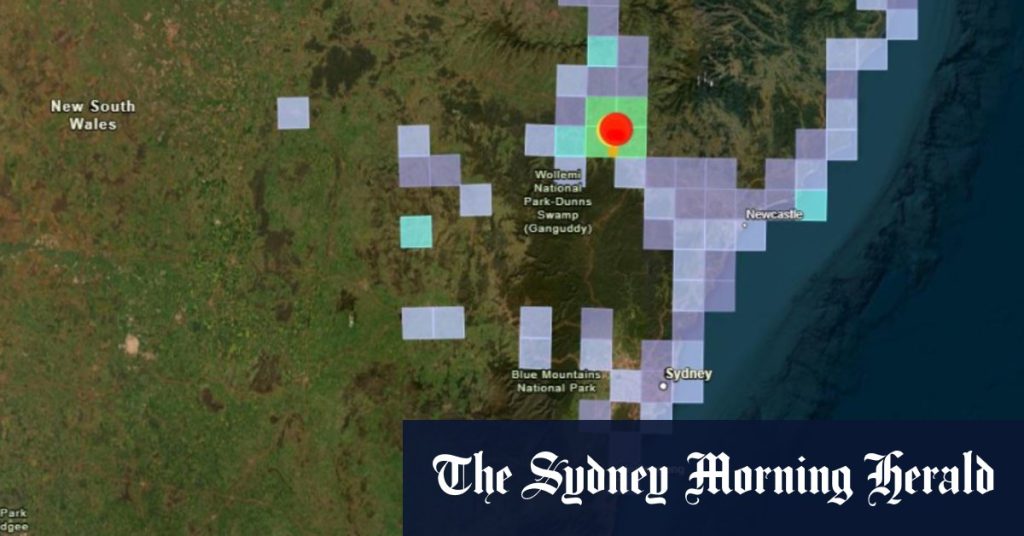The State Emergency Services responded to reports of damage to homes and businesses in Muswellbrook, following an earthquake that struck the region. While there were no reports of serious injuries, some buildings in the CBD experienced broken windows, fallen chimneys, and stock spilling off shelves. The tremors were felt in a large radius around the quake’s epicentre at Denman, just south of Muswellbrook, ranging from southern Sydney to Coffs Harbour on the Mid North Coast. Approximately 2400 people contacted Geoscience Australia to report feeling the quake, which occurred at a depth of 10 kilometers and was widely felt due to its significant size and shallow depth.
Senior seismologist Hadi Ghasemi explained that fault lines near the quake’s epicentre were likely triggered by stress building up as Australia’s continental plate moves slowly northeast at a pace of about seven centimeters per year. The quake’s epicentre was located a few kilometers west of Lake Liddell, where the federal Coalition plans to build a nuclear power plant. While nuclear facilities can be designed to withstand earthquakes of magnitude 4.8 and above, hardening them against larger quakes would increase construction costs. The proximity of the quake’s epicentre to coal mines raised concerns about the potential connection between mining activities and seismic events, but Ghasemi deemed it unlikely given the size and depth of the quake.
The earthquake, which occurred about five kilometers underground, was the largest to hit the region in over two decades. Comparatively, the Newcastle quake of 1989, with a magnitude of 5.6, caused extensive damage and claimed 13 lives. Workers at BHP’s Mount Arthur coal mine, located directly above the epicentre, proceeded with planned mine explosions after the quake struck. Despite concerns about the potential impact of mining activities on seismic events, Ghasemi emphasized that natural fault lines in the region and a history of quakes suggest that the earthquake was likely not induced by mining activities. The decommissioned Liddell coal-fired power station, slated for a nuclear reactor site under the Coalition’s plans, also raised questions about the implications of seismic events on future energy infrastructure.
Overall, the earthquake in Muswellbrook spurred a response from the State Emergency Services to assess and address the damage caused to buildings in the area. While there were no serious injuries reported, the widespread impact of the tremors highlighted the significant size and shallow depth of the quake. Ghasemi’s insights into the geological factors contributing to the earthquake shed light on the potential link between natural fault lines, mining activities, and seismic events. The region’s history of seismic activity, including the devastating Newcastle quake of 1989, underscores the importance of understanding and preparing for such events in the future. In light of the quake’s proximity to proposed nuclear and coal mining sites, there is a pressing need to consider the implications for future energy infrastructure and safety measures.


